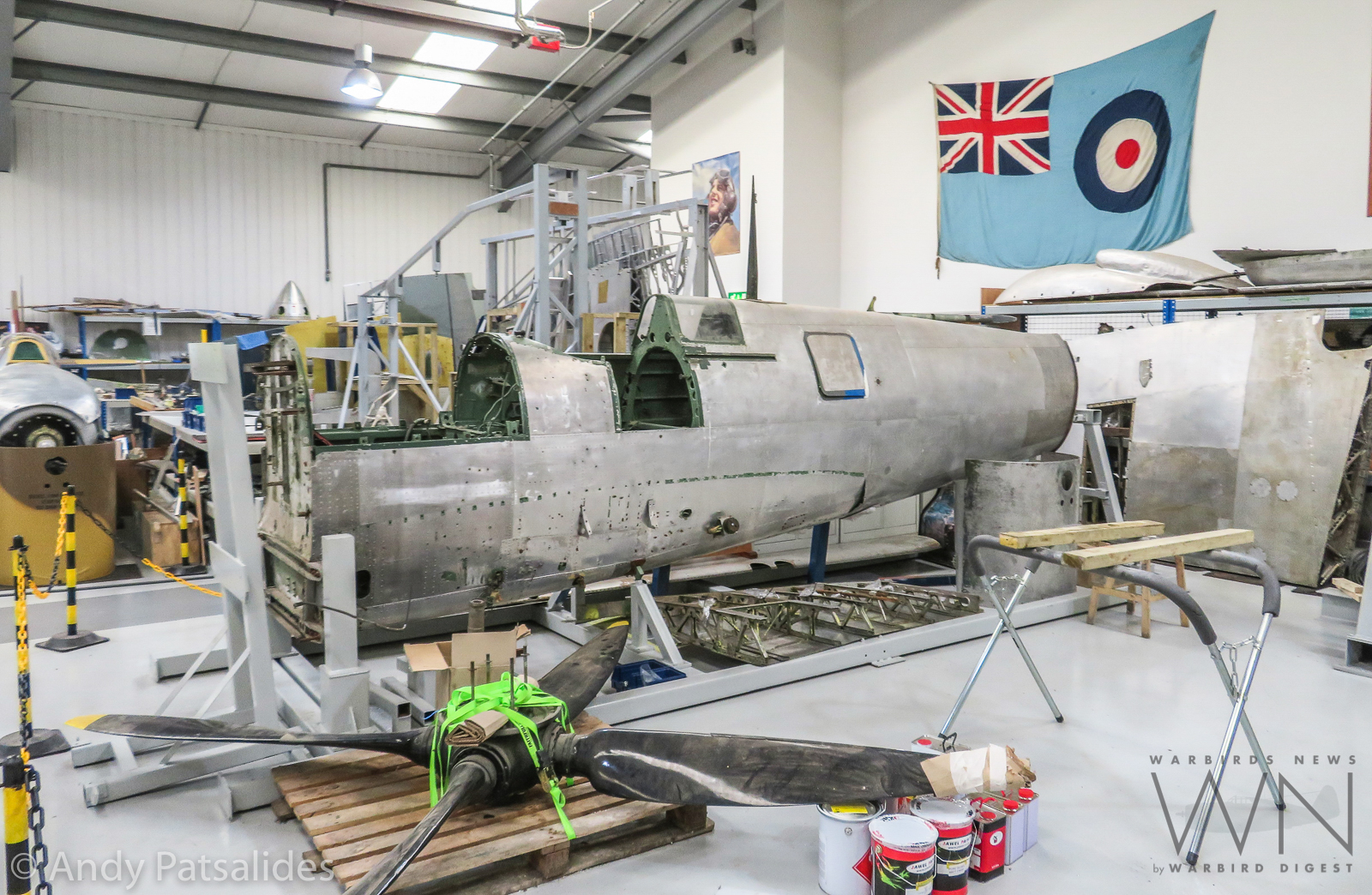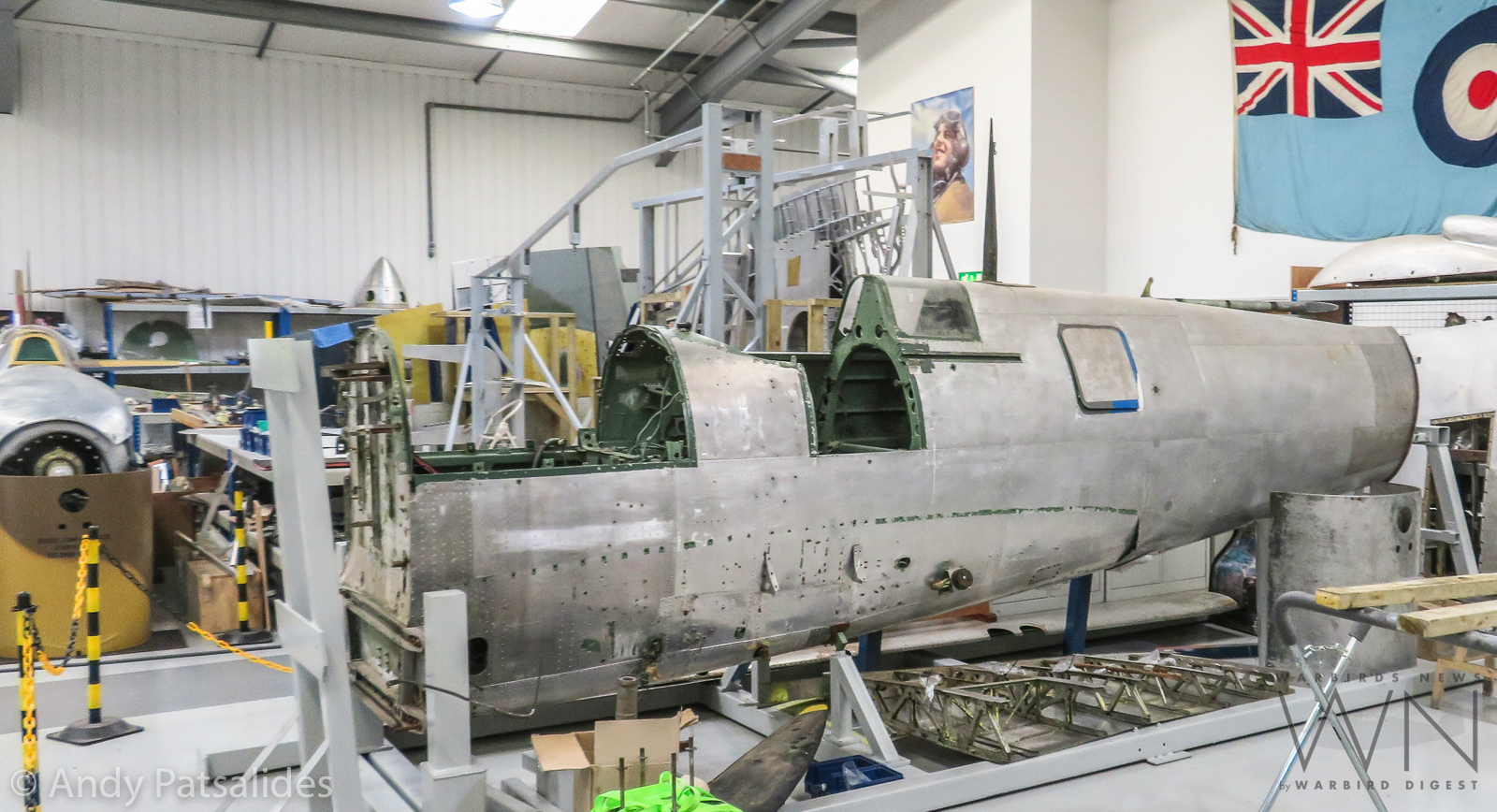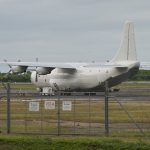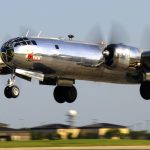After being out of public view for the past ten years, the Hellenic Air Force Museum’s Supermarine Spitfire Mk.IXc MJ755 resurfaced again recently in the Biggin Hill Heritage Hangar on the old Battle of Britain aerodrome, RAF Biggin Hill near London. The building is home to The Spitfire Company (Biggin Hill) Ltd., which has become world famous over the past five or six years for their prodigious output of spectacular Supermarine Spitfire restorations. Indeed, there are several Spitfires currently undergoing restoration to flight in the hangar, alongside a number of already completed machines. MJ755 will likely begin her own restoration to flying condition on behalf of the Hellenic Air Force Museum in the near future.
MJ755 has an interesting history. She rolled off the production line at Supermarine’s shadow factory in Castle Bromwich during late 1943, arriving with 33 Maintenance Unit at RAF Lyneham, Wiltshire that December. In early 1944 the Spitfire received its first combat assignment, joining the RAF’s Middle East Air Force, arriving in Casablanca aboard the SS Fort Liard on March 13th. MJ755 joined 43 Squadron, the Fighting Cocks, and took part in Operation Dragoon, flying cover for the Allied forces landing in the south of France in mid-August, 1944. 43 Squadron hopped from airfield-to-airfield in France as the invasion progressed, extending into Peretola, Italy during October, 1944, and finishing up in Klagenfurt, Austria at the end of the war in May, 1945.
Following the war, the RAF transferred a number of Supermarine Spitfires to Greece to aid the nation’s efforts in rebuilding their air force. MJ755 was one of some 77 Spitfires which joined the Hellenic Air Force. She arrived in Greece on February 27th, 1947, and joined 335 Squadron at Sides during April. By 1949, MJ755 had been relegated to the Air Force Pilot’s School at Tatoi Air Base in Dekeleia to become a part of the Reserve Pilots Training Center. The Spitfire journeyed to Athens in 1950 for a full overhaul at the State Aircraft Factory, being fitted with two cameras for aerial reconnaissance missions. Her last flight came on September 8th, 1953, afterwhich she went into storage with the Aircraft Storage Squadron at Hellenikon Air Base, and from there, back again to Tatoi for gate guard duties. The Spitfire later became a part of the Hellenic War Museum in Athens, sitting on external display for several decades before being formally transferred to the newly-formed Hellenic Air Force Museum at Dekeleia in 1995. In 2008 the museum took MJ755 off display, and disassembled her for the beginning of a planned airworthy restoration effort. Other than the disassembly of the airframe, and stripping her paint, little substantive restoration work appears to have taken place in the interim. With the aircraft in safe hands at Biggin Hill though, it is clear that she will eventually re-emerge as a magnificently restored, airworthy example of the breed. It is believed that MJ755 is the sole survivor of the 77 or so examples which flew in the Hellenic Air Force, so seeing her in the skies over Greece again will be a welcome treat to many. So here’s to a successful first flight, and many years of safe operation to come for MH755!
WarbirdsNews wishes to offer our thanks to Andy Patsalides for his authorization to use his fascinating image in this story.
























